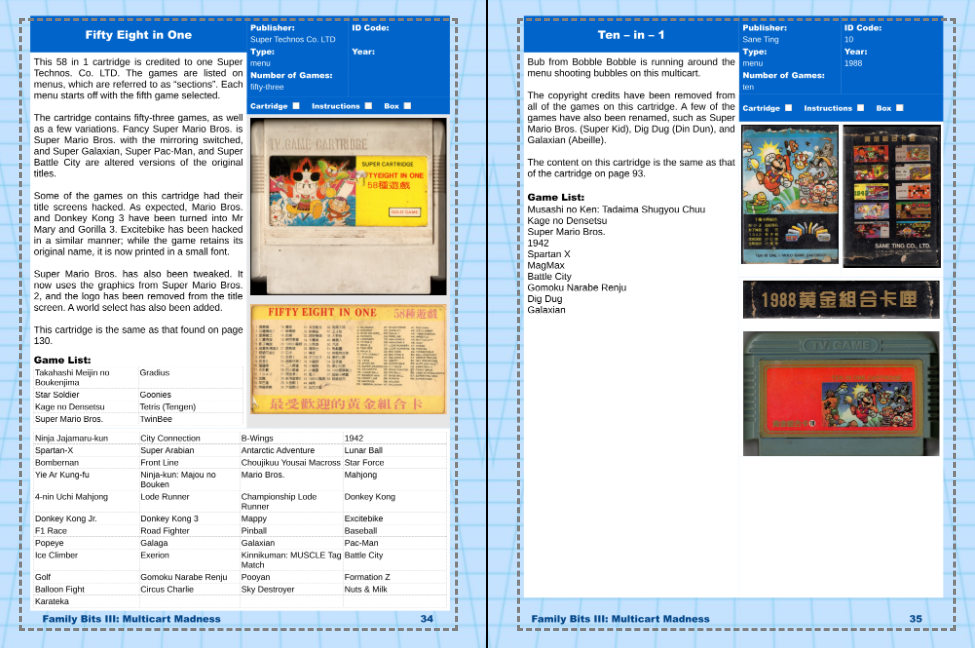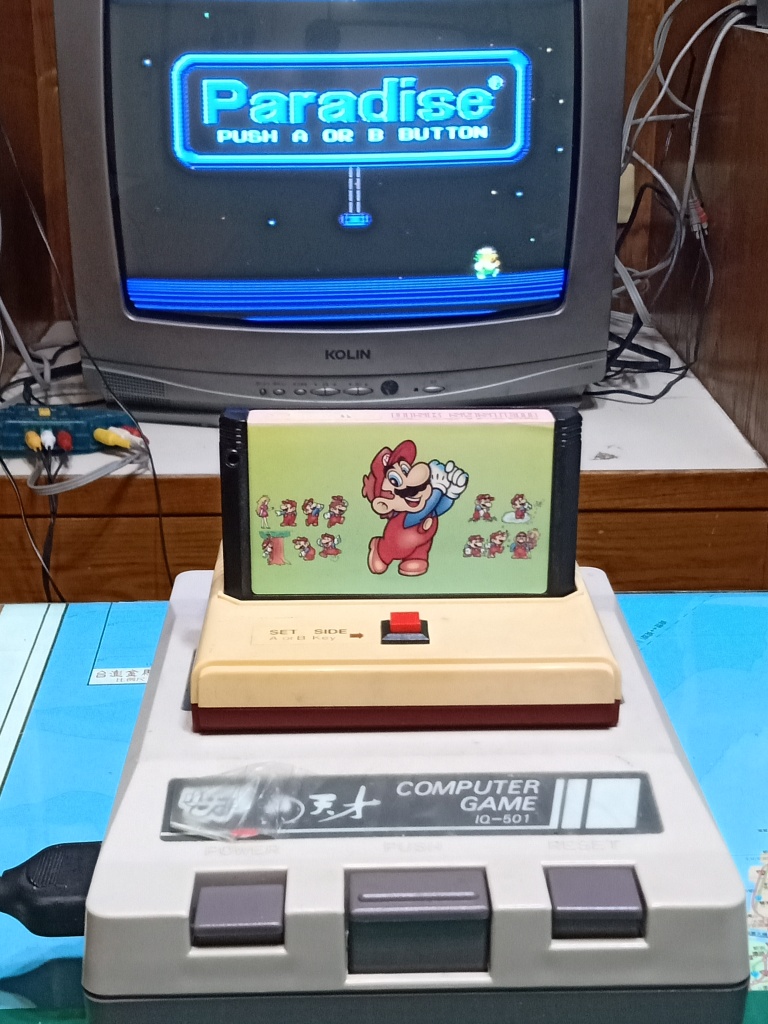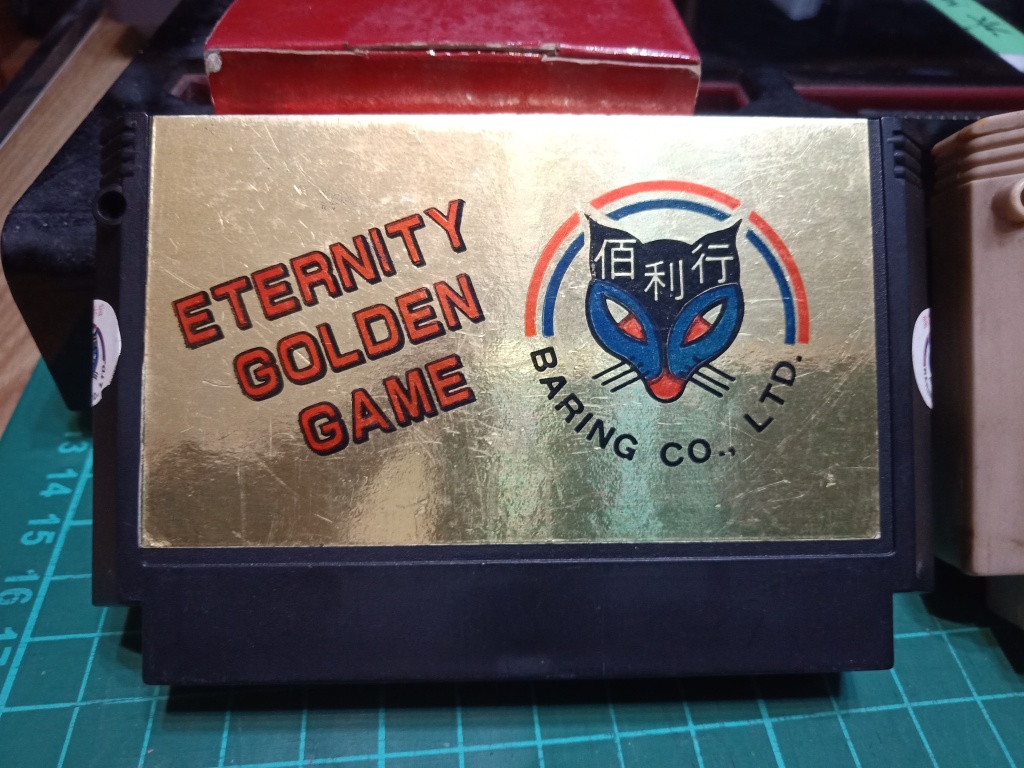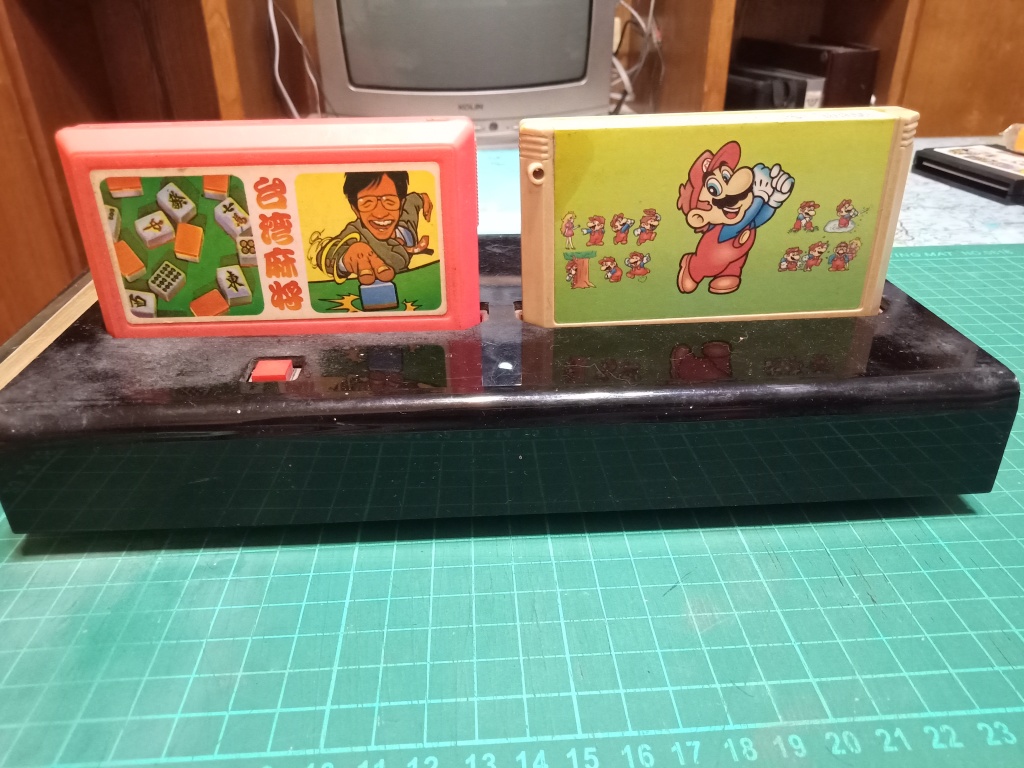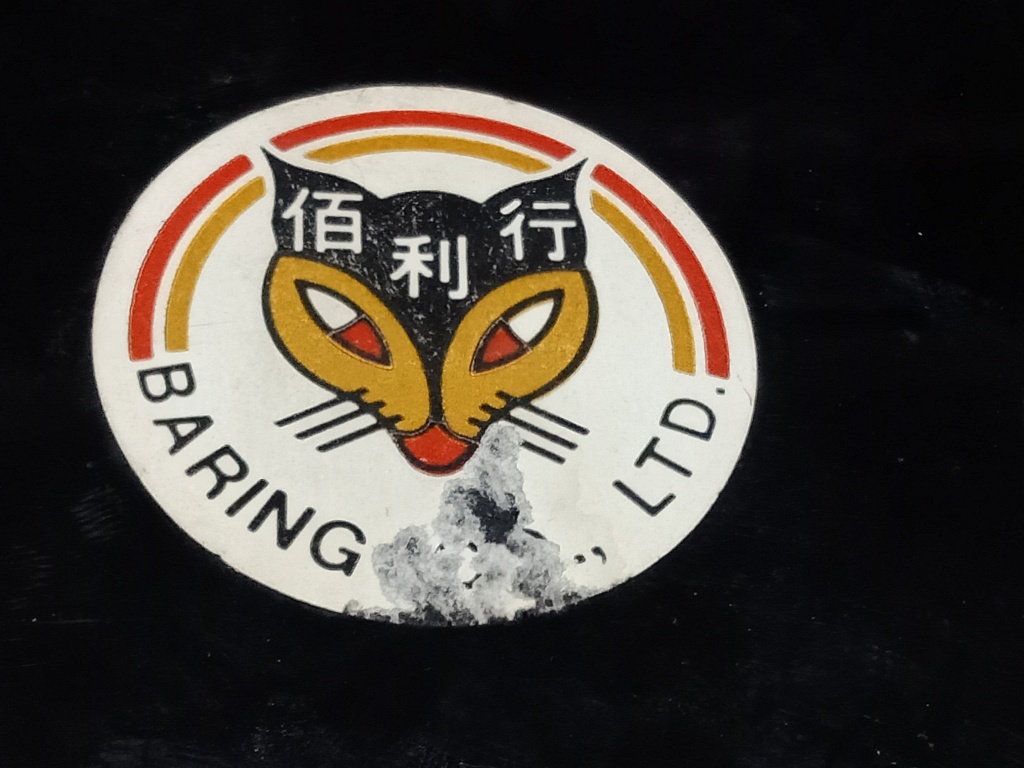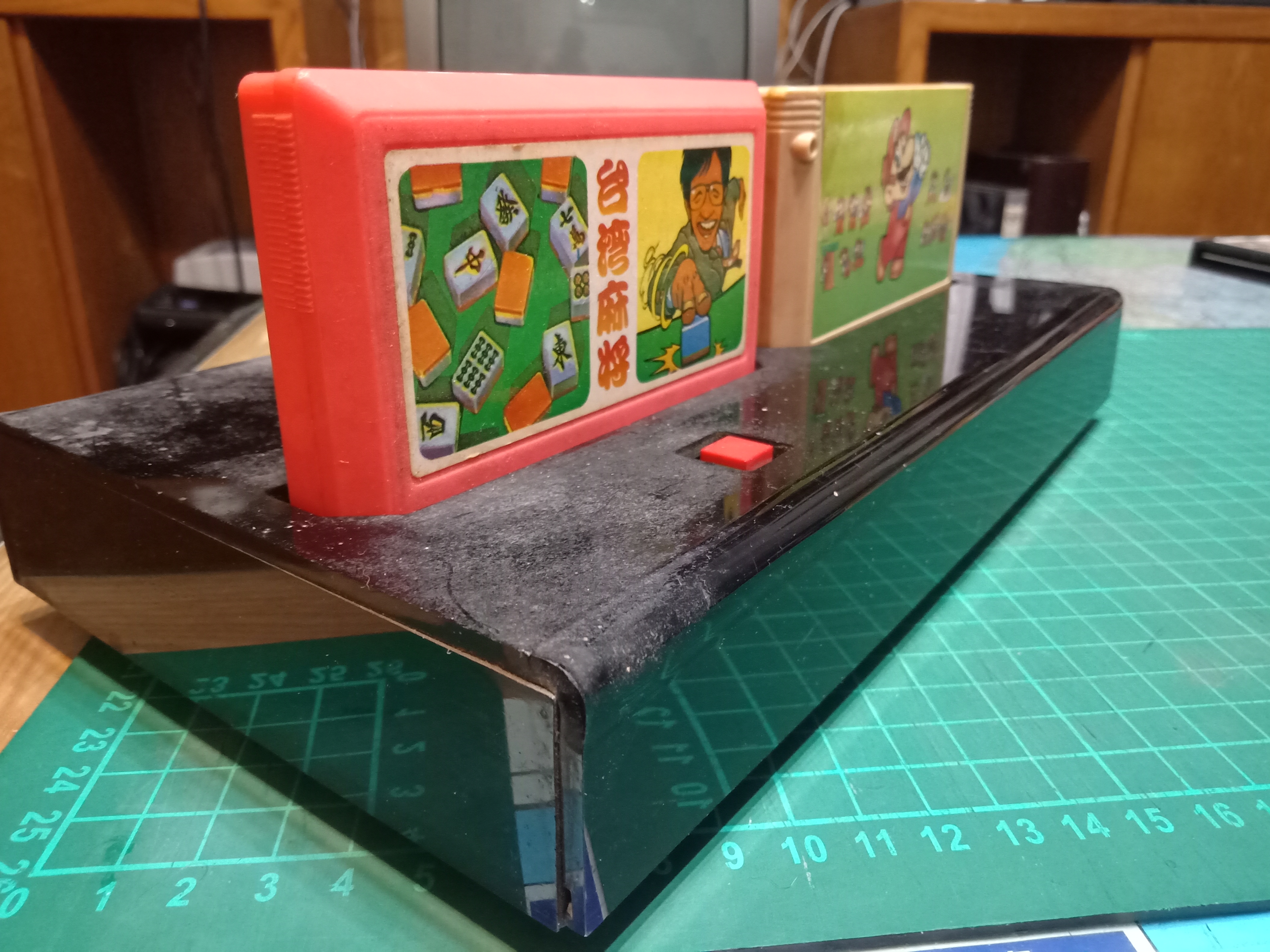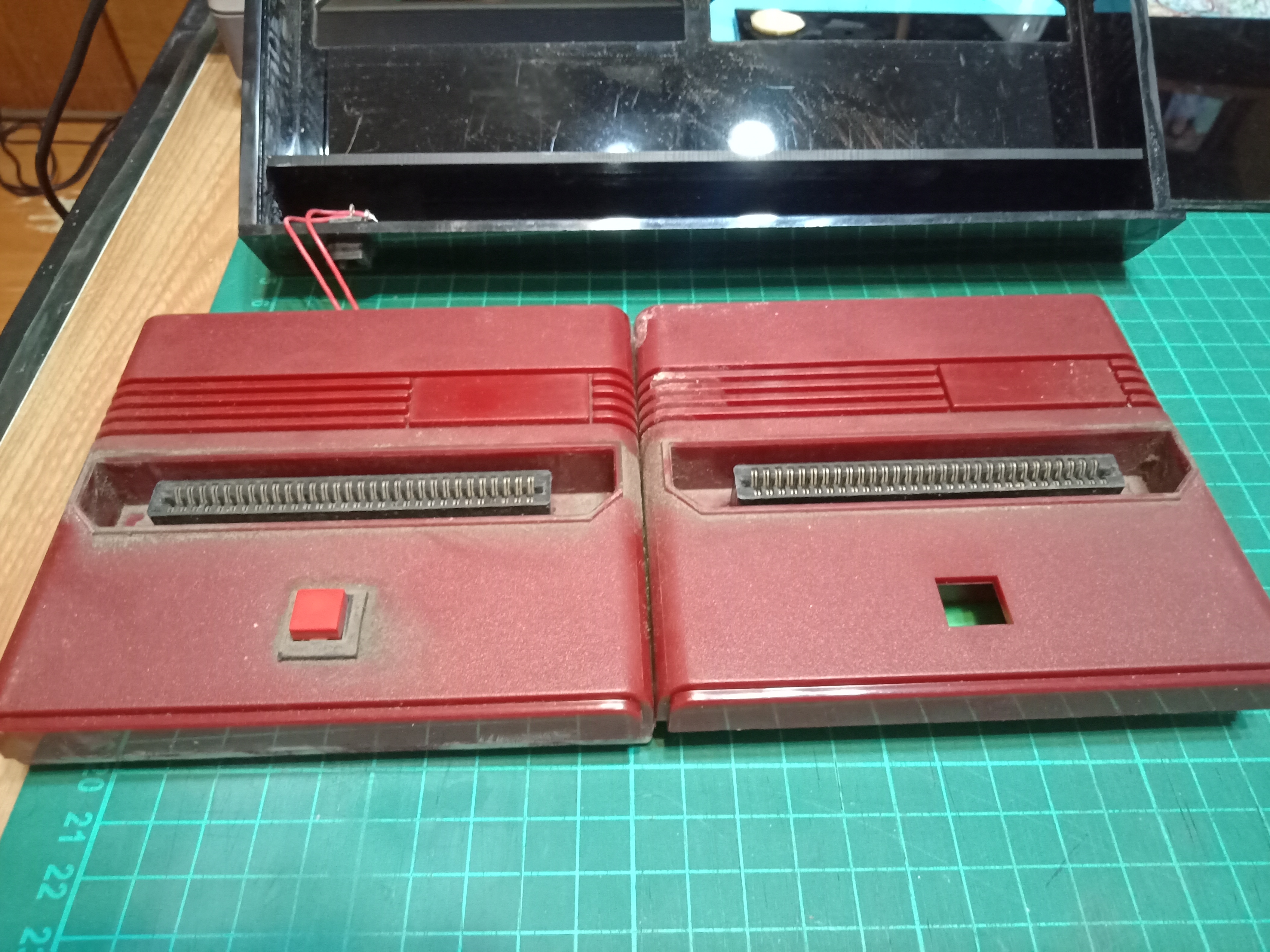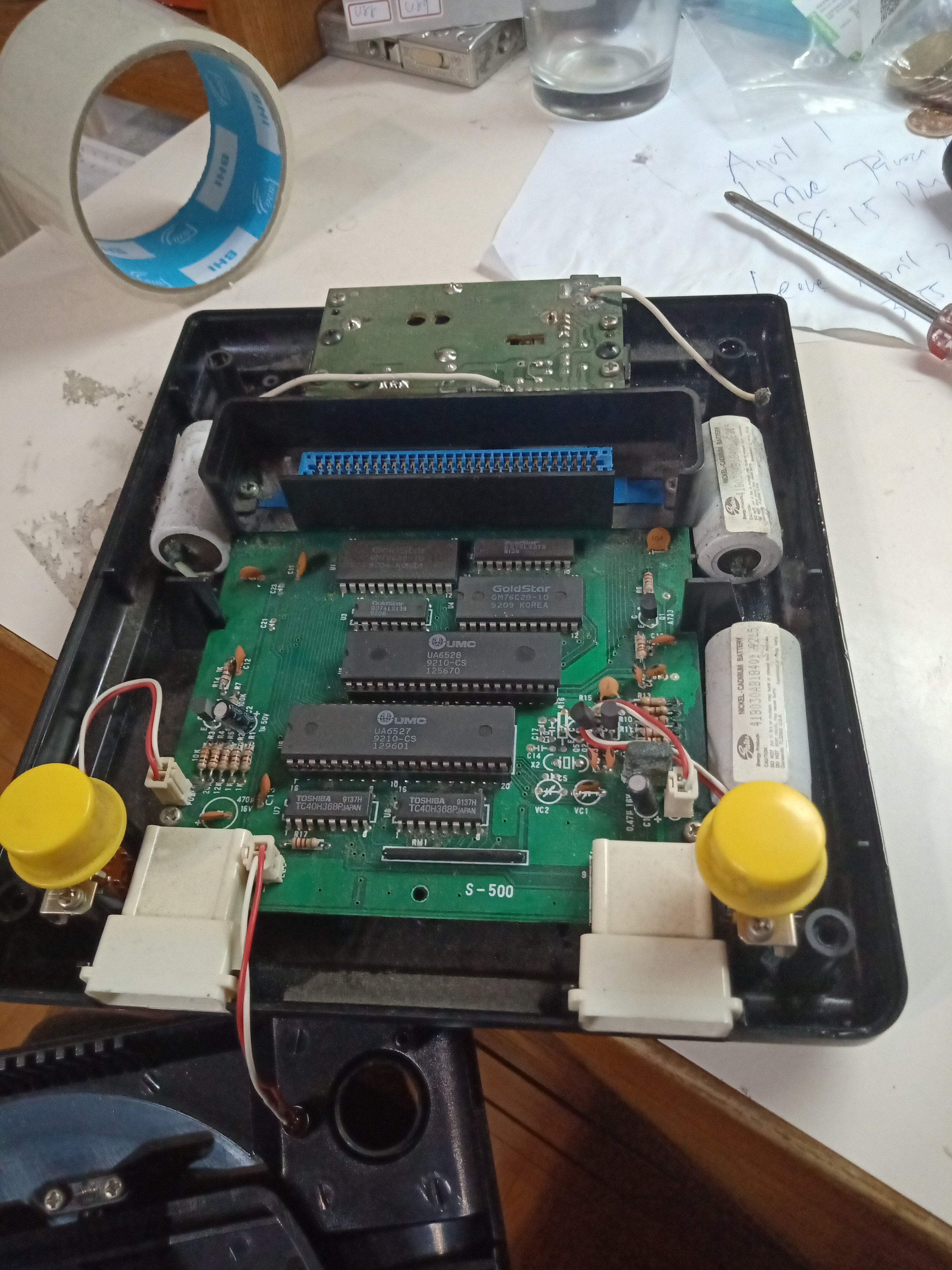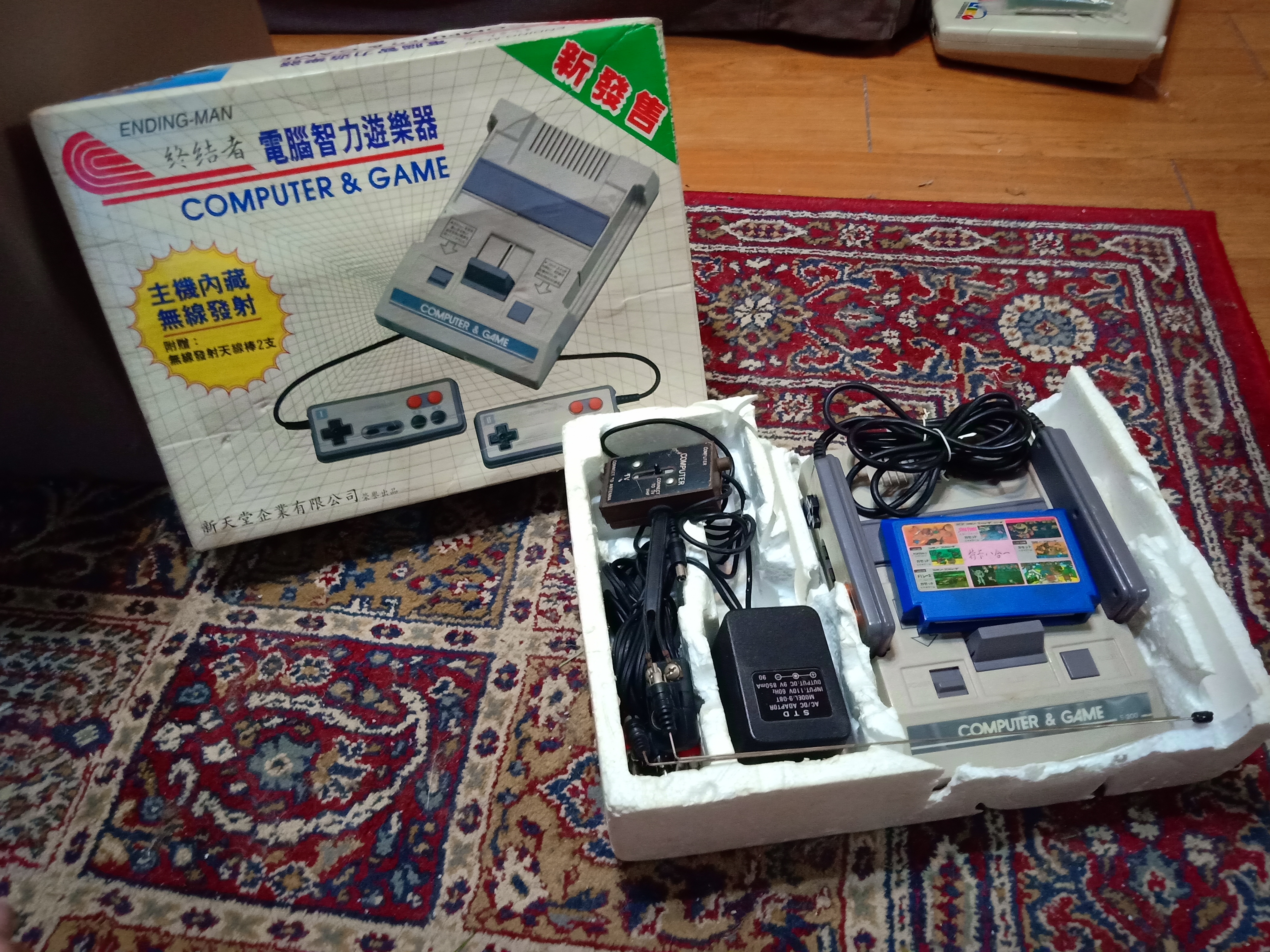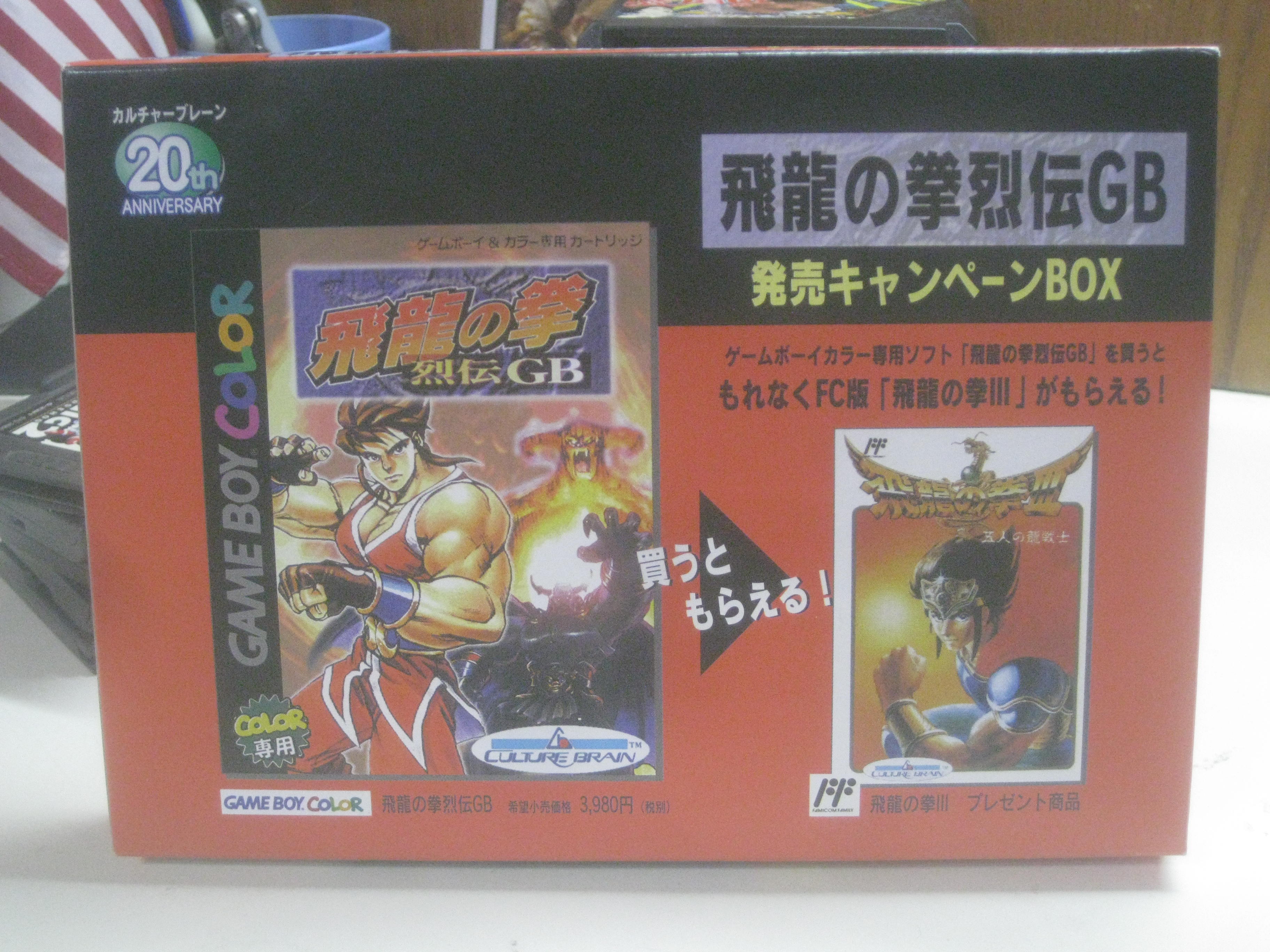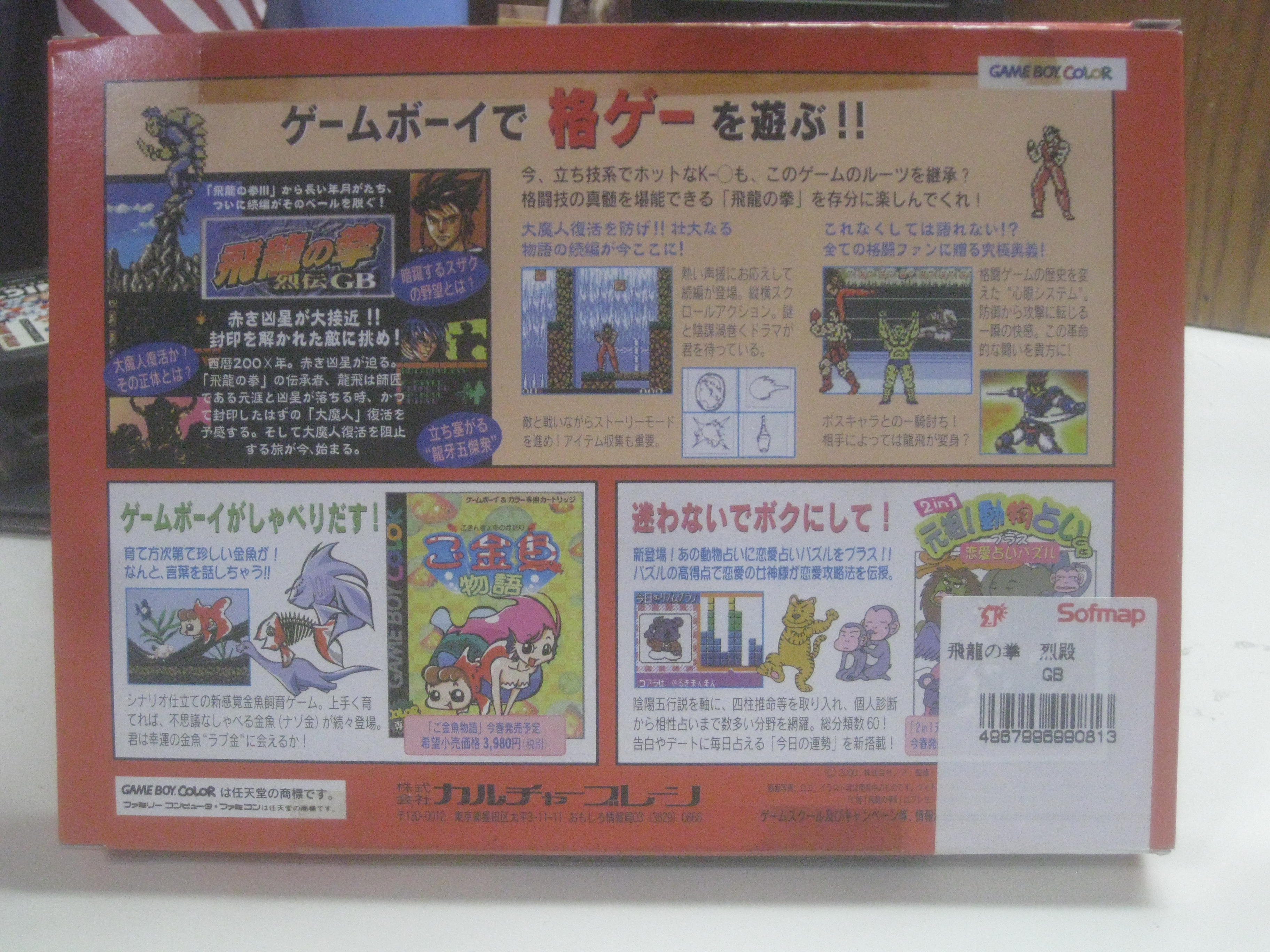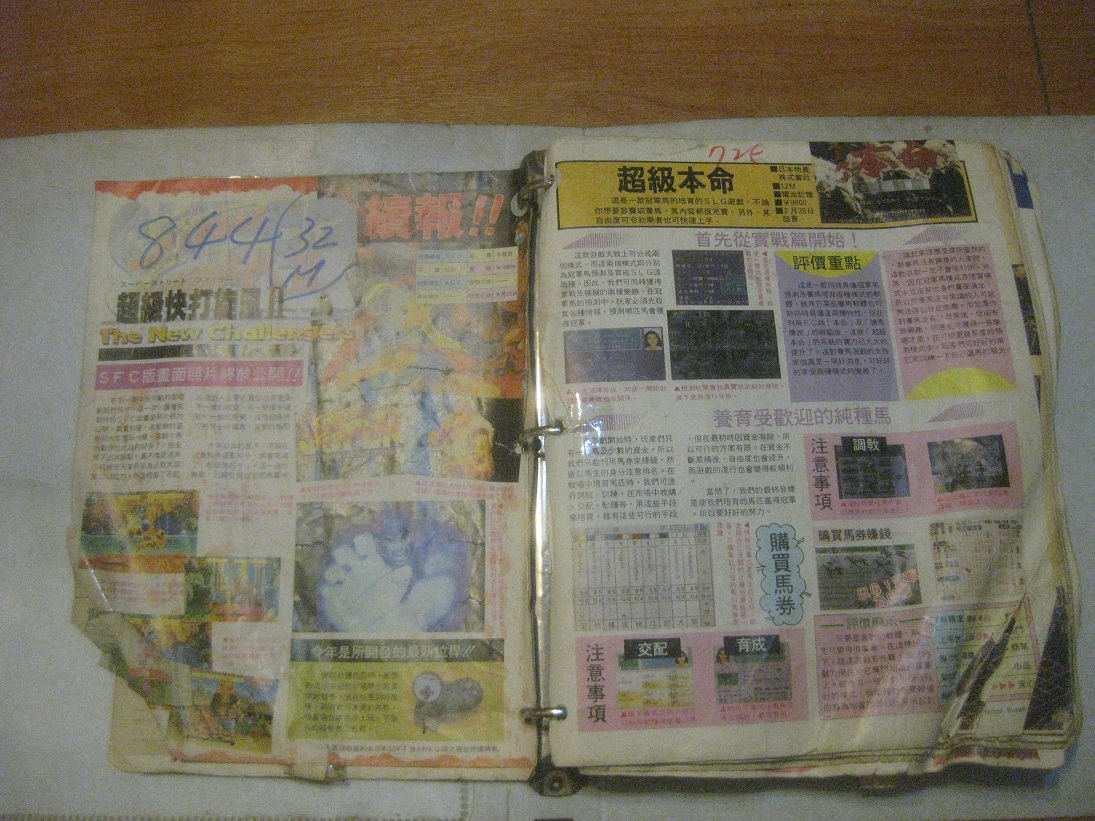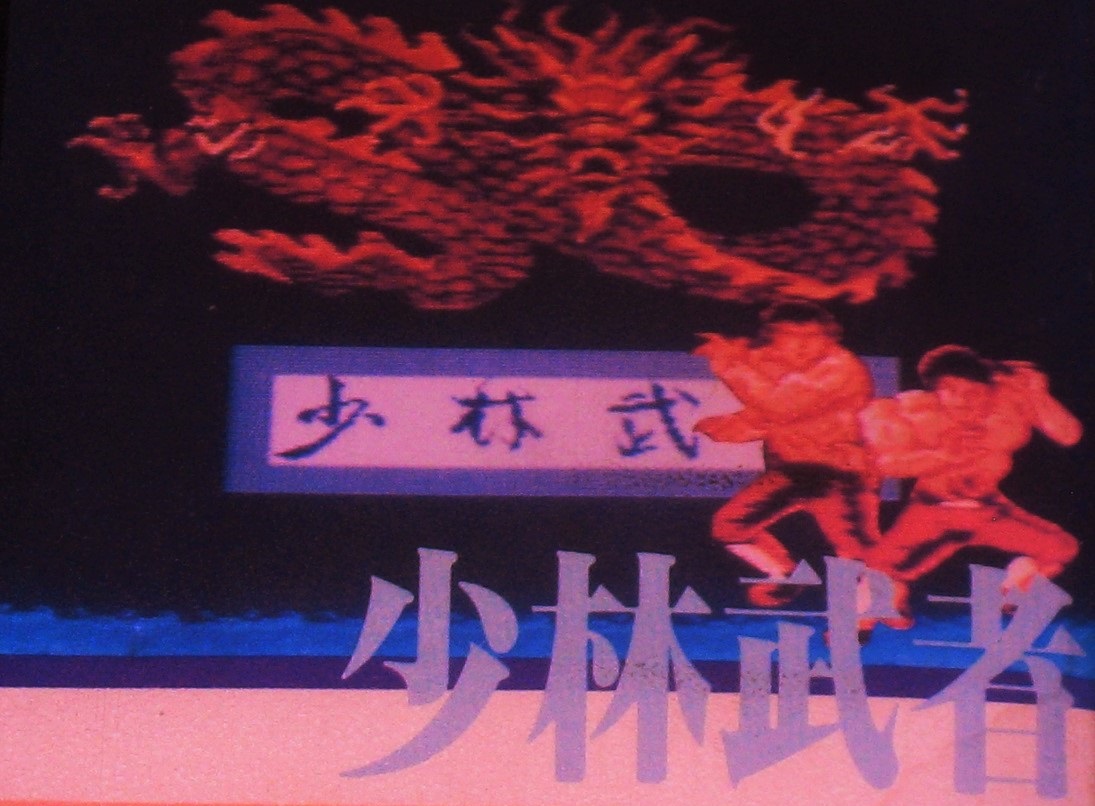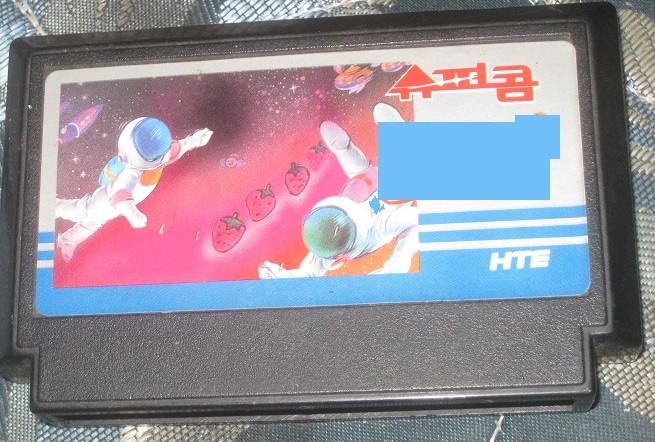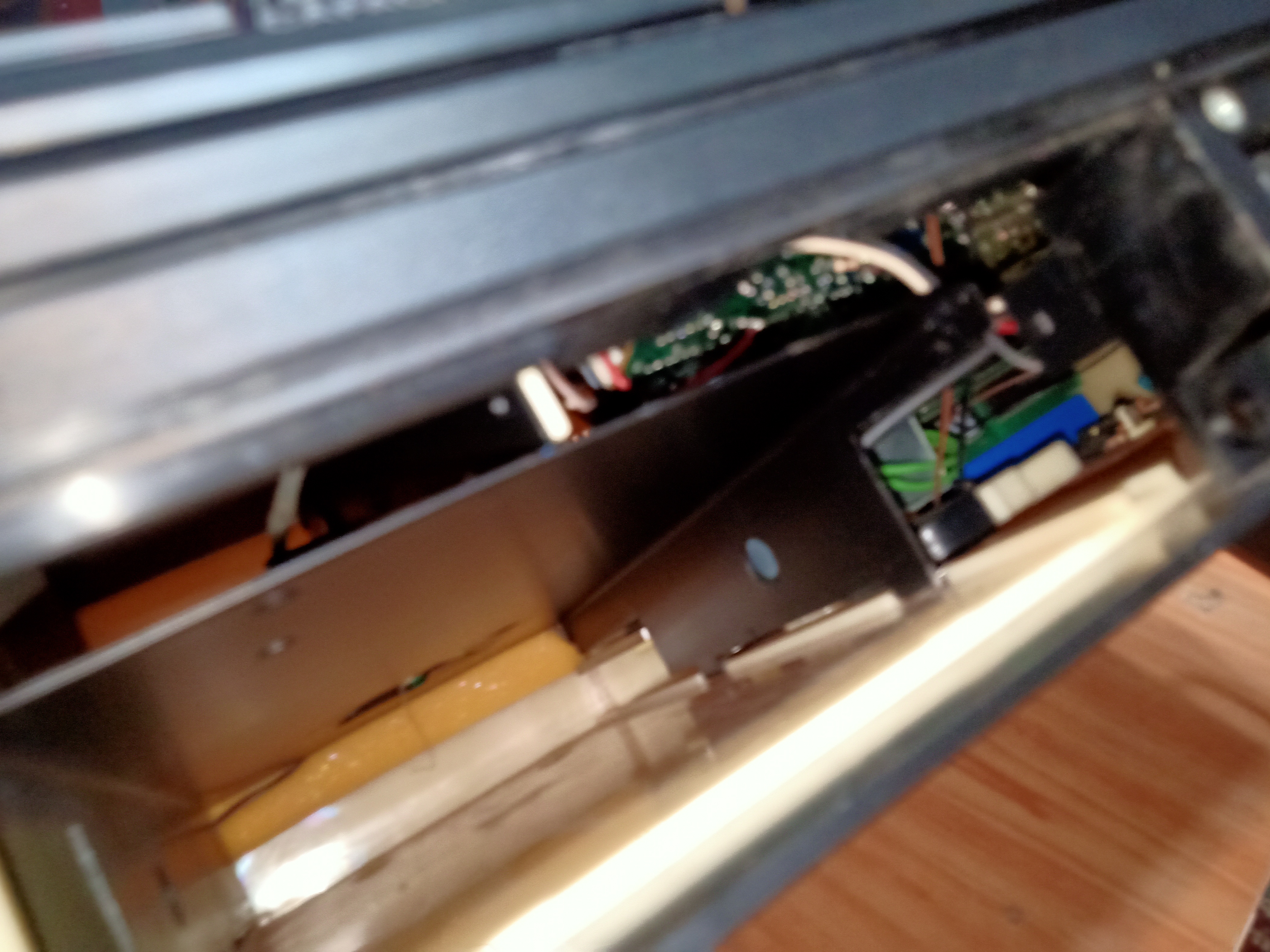
My journey with the so-called Sachen Box started about a month ago, as I was doing some research online late one night. Just as I was about ready to call it quits for the night, I noticed an old Japanese gaming device listed for sale. I wasn’t sure what the thing was, so I decided to take a closer look, and it was then that I saw the Sachen name printed on the sole controller. This piqued my interest, so I sent a message to the owner. After waiting around for about half an hour in hopes of a response, I then decided to call it a night, still thinking about the machine.
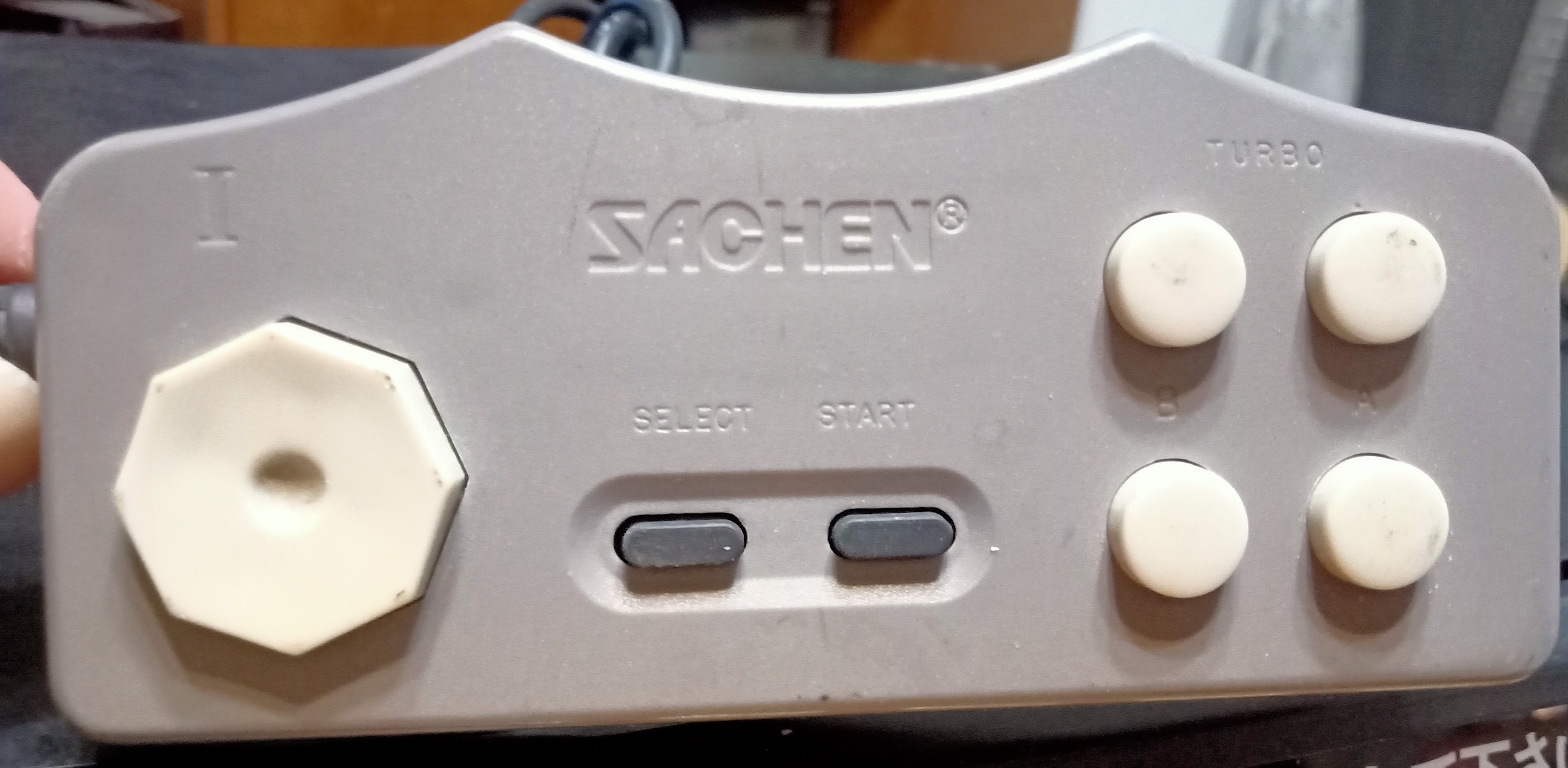
While in bed, I laid awake, wondering what could possibly be on that machine. The owner said that it had Famicom games built into it, and that the Sachen Box had been used at a hotel / hotspring resort in Japan. For the uninitiated, I’d like to share a little story about the culture over here, which I think can safely be applied to Japan as well.
Every weekend my mates and I go out cycling, and to get out of the city, we often need to go through a dumpy little town known as Caotun. Aside from a few local delicacies, Caotun has nothing at all going for it, yet on Sunday mornings at 7:30 there is always a huge influx of traffic heading there. Odder still, most of these cars are luxury Euro cars. The intentions soon become clear though, by the wide variety of love motels and shady massage parlors scattered around the perimeter of the little town. Esentially, the wife goes over to help out at Grandma’s for the morning, and so Daddy takes the mistress out for a little fun, before Mommy returns. Dare I say more? For reference below, inside one of the lovely motel rooms in Caotun. So much fun to be had there!

Sachen definitely targeted this sort of demographic back in the day. A large portion of the games they had developed were mahjong or gambling games, and frequently naked women would appear as a reward for winning. Mahjong games, paper/scissors/stone, and even the classic slide puzzle were all guilty of this. It was definitely a part of Sachen, and at some point, they decided to enter into a partnership with Hacker International of Japan, to have some of their dirty games published abroad.
To me, the hotsprings resort usage and their relationship with Hacker International made me feel almost certain that there might be something very valuable or interesting built into this machine. Maybe some unique and undocumented Sachen material was to be found, or even an early version of one of the games that Sachen initially developed, which would later be published by Hacker. Maybe there was some sort of game that was halfway between the Sachen and Hacker versions? As my mind raced ahead in thought, I even started to wonder if there could be some unreleased material built into the machine. Journey to the West? Bridge? But at mid three figures, during a virus pandemic, I just felt quite tight when it came to the desire of splashing the cash.

That’s where OptOut and Pa Cui Ke come into play. These guys have known me for quite some time, and after showing pictures of the machine in question, OptOut (he’s cheap bastard, sorry mate, but it’s true) and Pa Cui Ke both told me to grab it, immediately. Leading up to asking them for their thoughts, I had asked the seller for pictures of the games, and she said that she’d oblige, but only on Sunday, and it was only Wednesday or Thursday at this point.
At this point, I was feeling quite torn as to what I should do. I felt the Sachen Box was special, but again, there was the whole money and virus situation. Pa Cui Ke offered to lend me the money if need be, and just the kindness and dedication he showed in that moment made me realize that I definitely should pick this thing up. Then it was time to negotiate the sale with the seller.
I messaged the seller and offered her a price of $100 less than what she was asking, though I told her that I’d transfer the money immediately. She promptly declined. She said that there was another guy that had messaged her, who would personally head down to southern Taiwan, coronavirus be damned, on Saturday to inspect the item and then purchase it then and there, for her asking price. I felt like Family Guy’s Quagmire when he had to decide whether to purchase the real estate at Prescott Towers or not. I bit hook, line, and sinker, and the box was mine.
The next week, I started obsessivly checking my P.O. box. I expected to get the machine on Monday, but it wasn’t there. I then received a message from the seller telling me that she refused to ship to a P.O. Box, so I had to get the Sachen Box shipped to my work. Great. All the secretaries were quite interested as to what I had bought, until I started telling them that it was an old game machine from a love motel.
Later that day I carried the machine home for about a mile. I plugged it in, hooked it up to my television, and bam! Nothing. The mechanics seemed to work, but I couldn’t get any image to appear. This went on for quite some time as I tried all the RF adaptors I had. Then I consulted with the seller about how to hook the machine up, yet I still couldn’t get any image from the thing. Chatting with another expat helped me get the TV set to the proper channel, but no dice, no image. And then my TV crapped out on me.
That Thursday I went to the largest secondhand television shop in the city, to try to source myself another CRT television. When I arrived, I was basically laughed out of the shop though ironically enough, I had purchased my old CRT television from there, just a few years prior. I then took to social media and asked a local Facebook group if anyone knew where I could get a CRT television, or could get one repaired via a housecall. A very kind expat, Arielle, said she just happened to have a CRT TV that she wished to get rid of, for free, so I was in luck. Neither of us have a car though, so setting up the logistics seemed to be yet another problem.
I asked Arielle for the weight of her TV, as well as her address in the city. She only lived about a mile away, and since the TV clocked in at about 50 pounds, I decided I’d just pick it up and lug the thing back to my apartment. So that Friday, I walked to her apartment after work, and I carried a 50-pound fat TV back to my apartment, during rush hour, in broad daylight. One mile. By the time I finally arrived at my place, I felt so sore, from the lopsided weight of the TV, the sharp corners plunging into my skin, and the heat. The sour icing on the shit cake was when the guy running the shop next to mine asked, “Oh, I see you bought a new TV, eh?” I felt really foolish over the whole thing, though it’s one of those situations like trying to explain to folks why you buy records, instead of just streaming music.
With the new TV in place, I hooked up the Sachen Box once again, yet I still ran into the same problems of not getting any picture. After my initial bout of this, several weeks earlier, I had started trying to disassemble the box, figuring that if there was a loose connection or another problem, it could possibly be repaired. Let’s discuss the disassembly process for a bit now.
Initially, I unscrewed the outside screws on the Sachen Box, and tried to remove the metal casing. At first it started to slide open, similar to how a PC’s case would open; however, after opening about two or three centimeters, the thing refused to budge. Looking inside the machine I noticed that there was a post in the center of the Sachen Box that connected directly to the outer metal piece. The post was connected in such a fashion that it was preventing the whole thing from being opened. I then undid a few more screws, but they just unscrewed the RF port in the back and the Famicom cartridge slot. The bottom of the box had a few more tiny holes, which could possibly be tiny screws, though if they actually were screwed then they were stripped beyond belief. But as Pa Cui Ke told me, “This was designed and assembled by humans. Since it was assembled, it can also be disassembled.”
The key to unlocking the Sachen Box seemed to be, literally, a set of three locks situated on the front of the machine. Pa Cui Ke sent me a few videos on how to pick tubular locks, and although the process seemed simple enough, I didn’t have any of the proper equiptment to turn it into a reality. I decided to do the next best thing though, and hauled the Sachen machine down the street to the nearest locksmith, one day after work.

The shopkeeper looked at the locks and he said to me, “I don’t have the equiptment to make you a key for this.” I told him that I just wanted the locks opened, and $10 later, the largest lock was opened. It was to the tray that held the 100 Yen coins. By opening that drawer, one could also see a counter that showed how many times a coin had been inserted into the machine. On my particular Sachen box, the counter was just shy of 1500 uses. I guess most people would rather get laid than play Sachen video games, if given the choice?
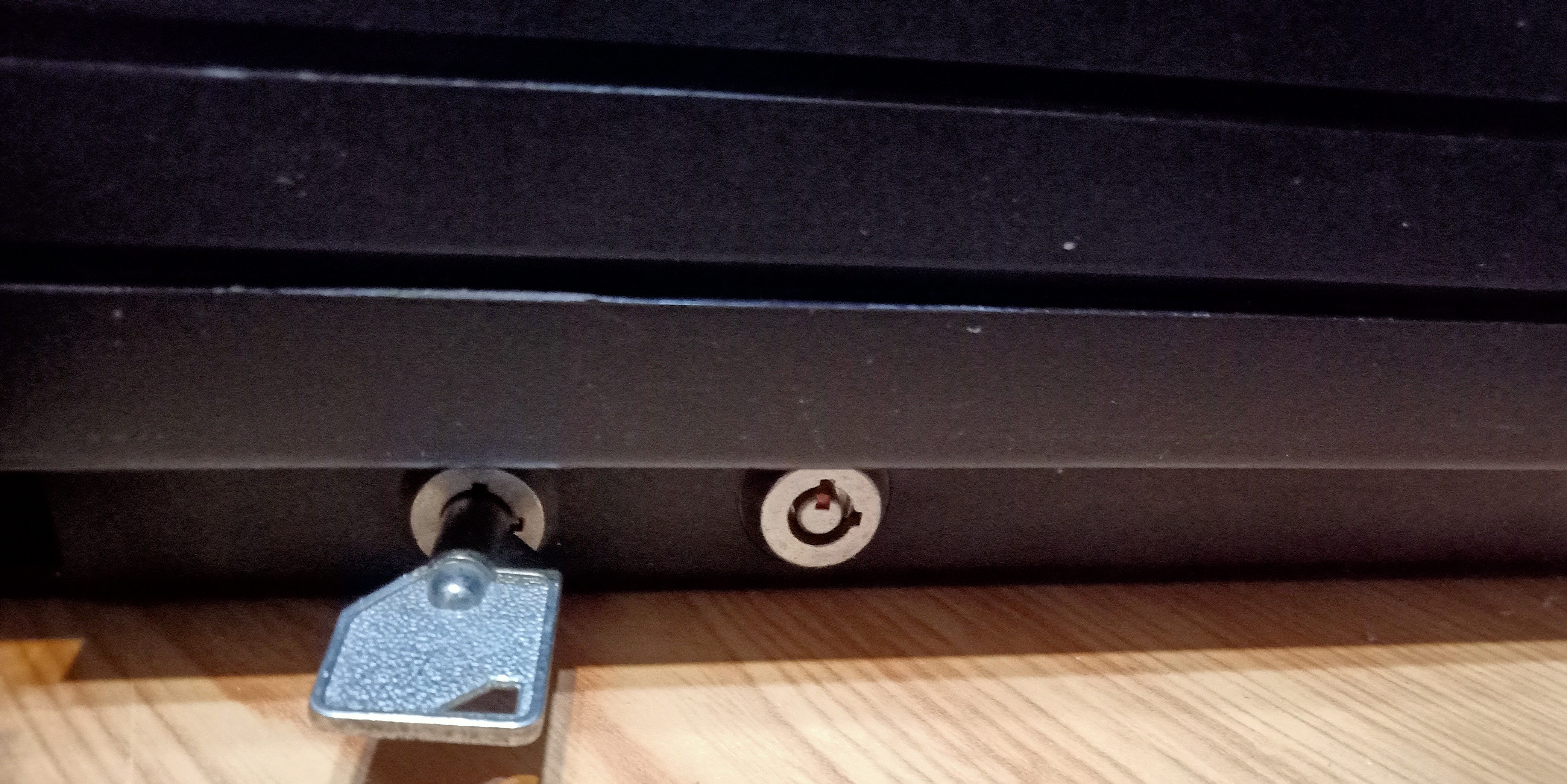
The two smaller locks couldn’t be opened, though. The locksmith said he didn’t have the right tools for those, and also stated that the small size was rare, something not normally seen in Taiwan. Once again I hit a roadblock. I left the matter boil in my brain for a few days, and then the next Monday I took the machine to another locksmith. Although the shop was a bit more rundown than the first shop, the owner searched through his drawers before he found a key to open the other two locks. He then showed me how to use the key, and gave it to me gratis, saying that I probably needed the old key more than he did!
When I got home and hooked the Sachen Box up again, I discovered that the other two locks were actually switches to control which aspects of the machine would be functional. One of the locks could shut off the gaming portion of the machine, and I am making an assumption that the timer for the “free game” demo could also be shut off.
Although this was nice, once again I was at a standstill. There were no more screws to be undone, the machine wouldn’t function, and I couldn’t get the thing opened. That was until today. While purchasing some electrical tape over my lunch break, it dawned on me that if I could open up the box just enough to slip my hand inside, I could retrieve the Famicom pcb sticking in the cartridge slot, plug it into one of my Famiclones, and then see what software was included with the machine. It was a done deal, I decided to just go for it!
For the rest of the afternoon, I was in a great mood at work. Sachen, Sachen, Saaaaacccchhhheeeen! I grabbed a few beers on the way home from work, and after cracking one of those open, I started to massage the Sachen Box down, preparing to violate it. I then managed to crack it open enough to stick my hand in and retrieve the game PCB. I plugged it into one of my Famiclones and… NOTHING! I then cleaned the contacts, and tried again. What I saw shocked, me, yet it also made me burst out laughing.
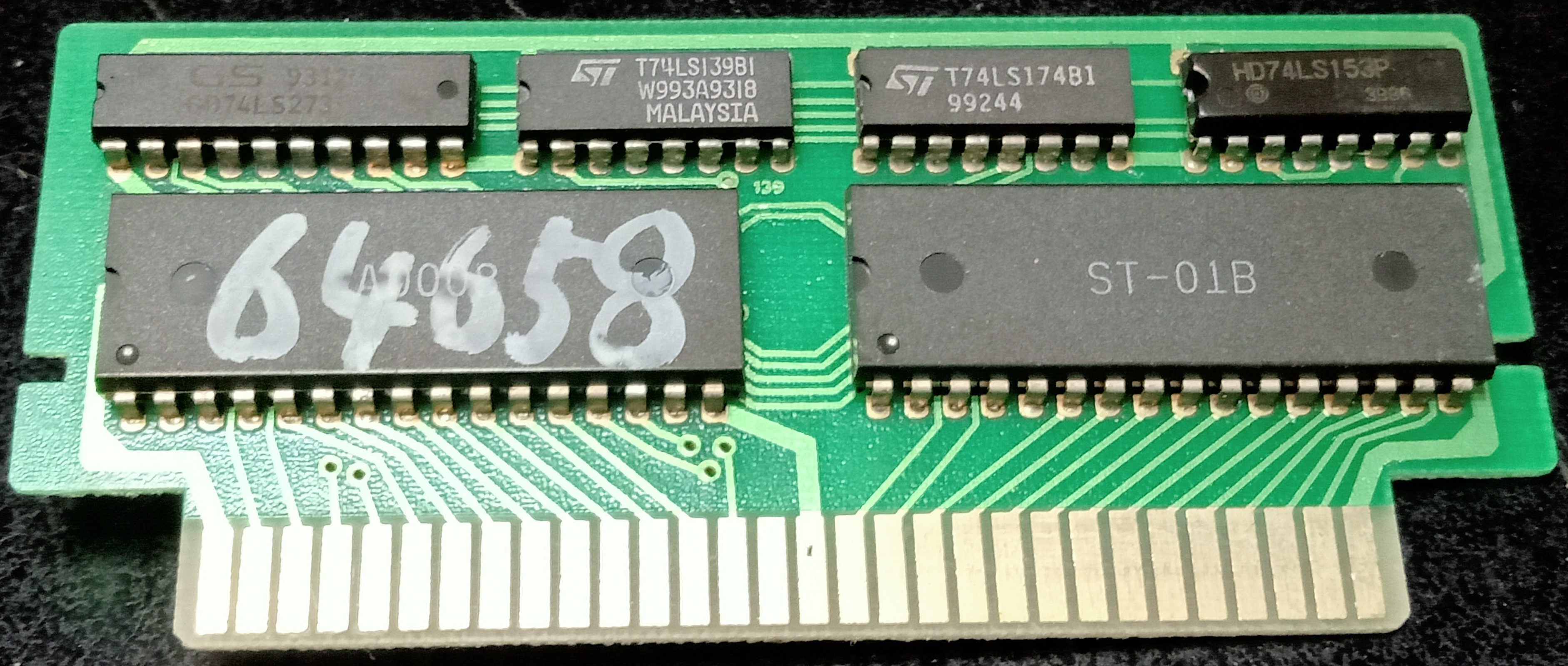

As it turned out, the game installed in this Sachen Box wasn’t an unreleased game, nor was it a Sachen pornon game. People weren’t playing on this machine while trying to get in the mood for some hanky panky. As it turns out, the PCB was for one of the most common Famicom multicarts of all time, a generic 64 in 1 game cartridge! Super Mario Bros., Battle City, Lode Runner, and all of the classics. They were all there!


Ultimately, I probably felt someone the same as Quagmire did when he actually visited the real estate that he bought, ultimately disappointed in the actuality of it; however, I guess Sachen realized that in a very casual setting, people might want to play some video games while in a love motel, and that their own games just wouldn’t cut it! I’ve been to a few motels in Taiwan with Xbox games, and I even tried them out with the people I was with, so when looking at it from that viewpoint, I guess it’s not so hard to understand Sachen’s decision on this one.
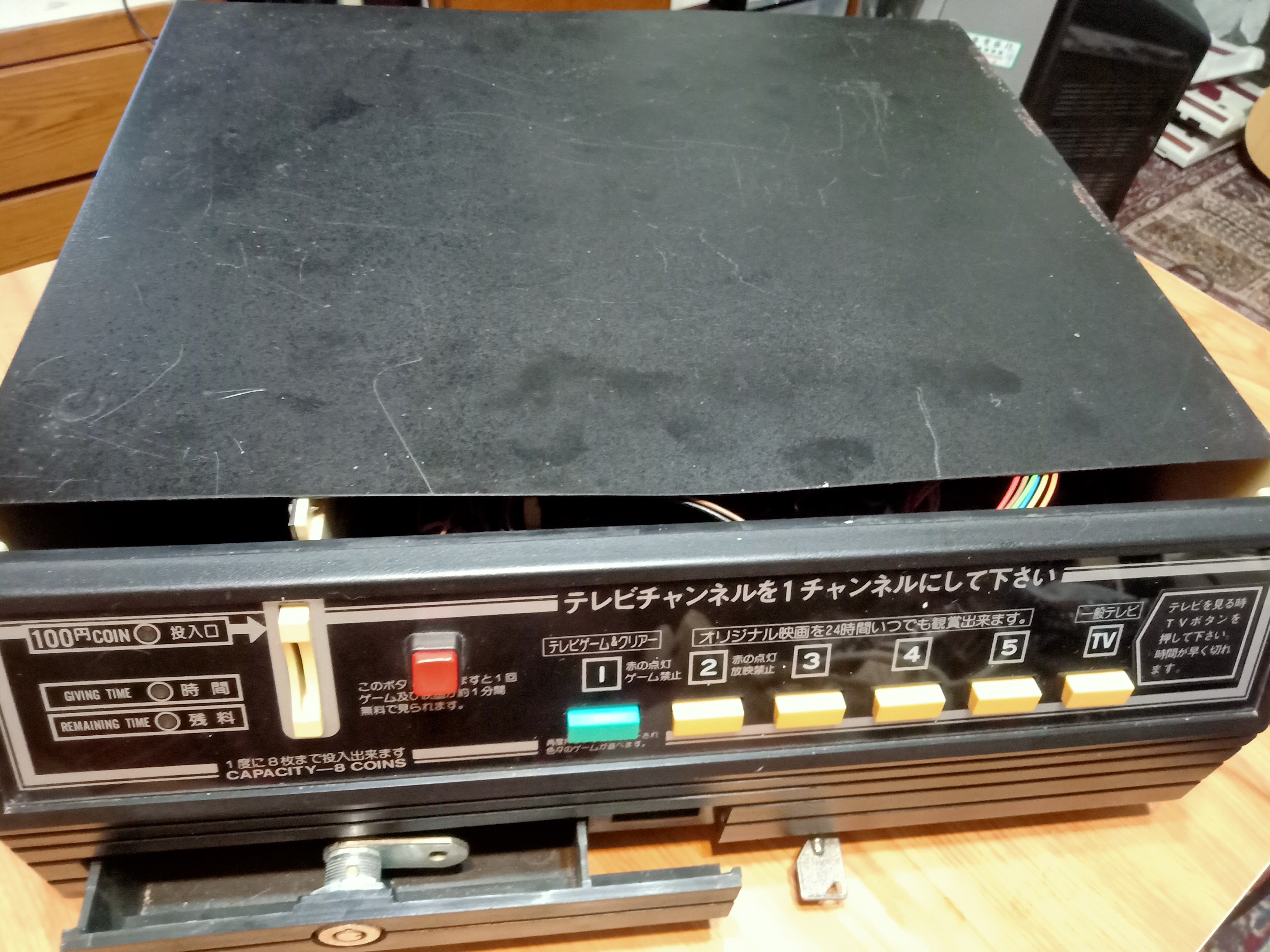
Either way though, the Sachen Box is boss – I still haven’t figured out how to open the thing up completely, which showcases how robust the machine actually is. For anyone else that wants to track down one of these, good luck – definitely 10000x rarer and cooler than an actual Famicom Box.





